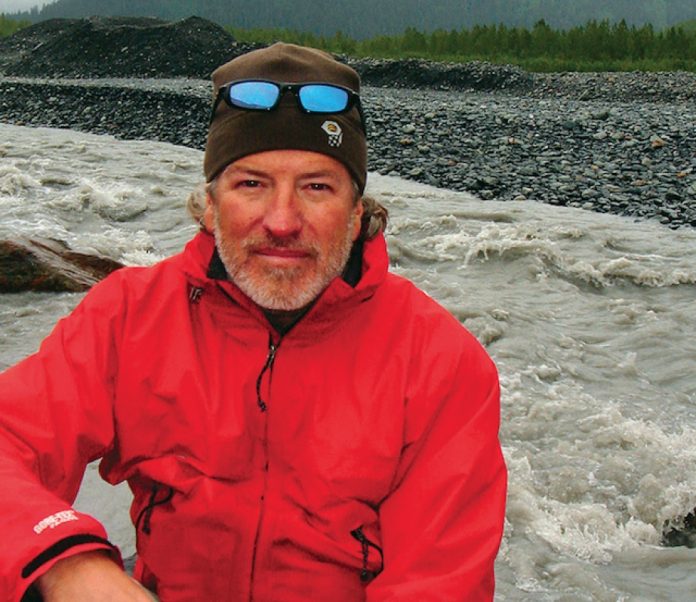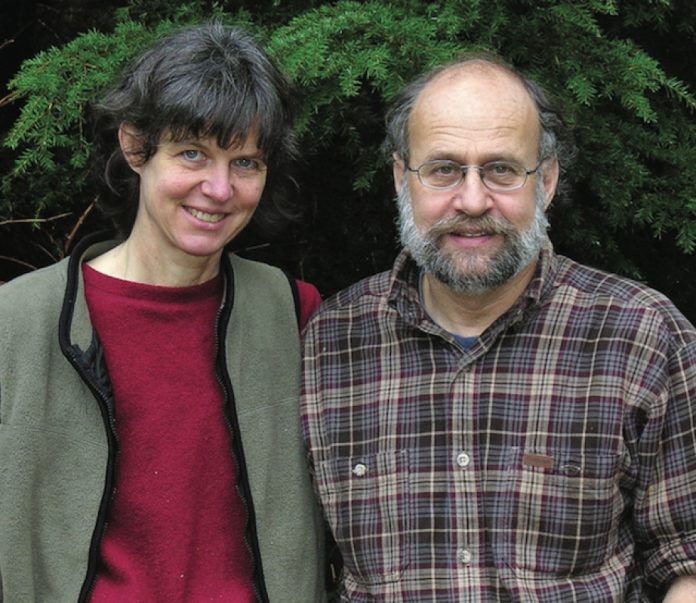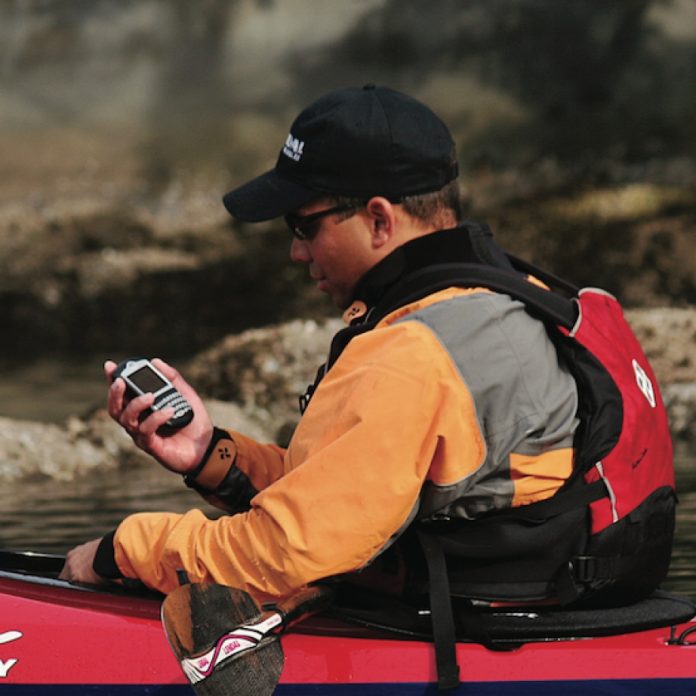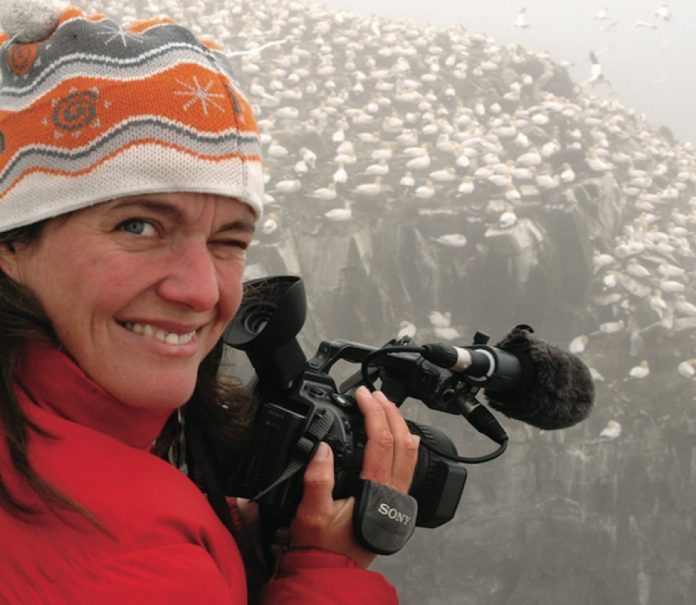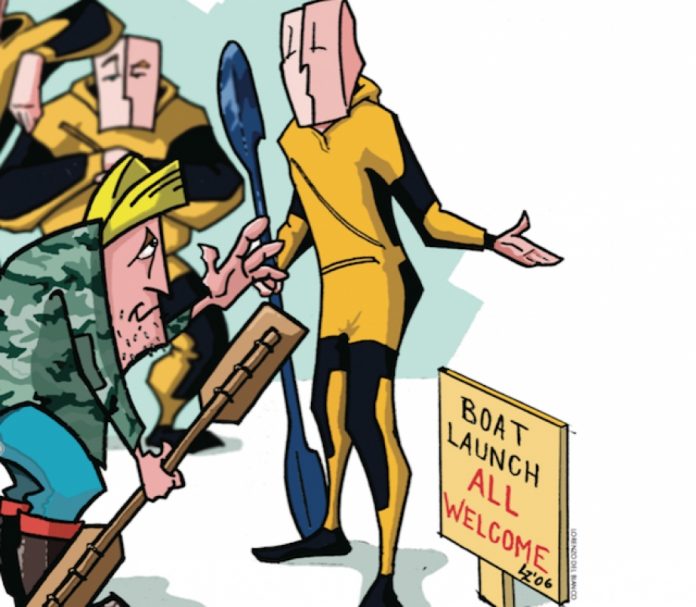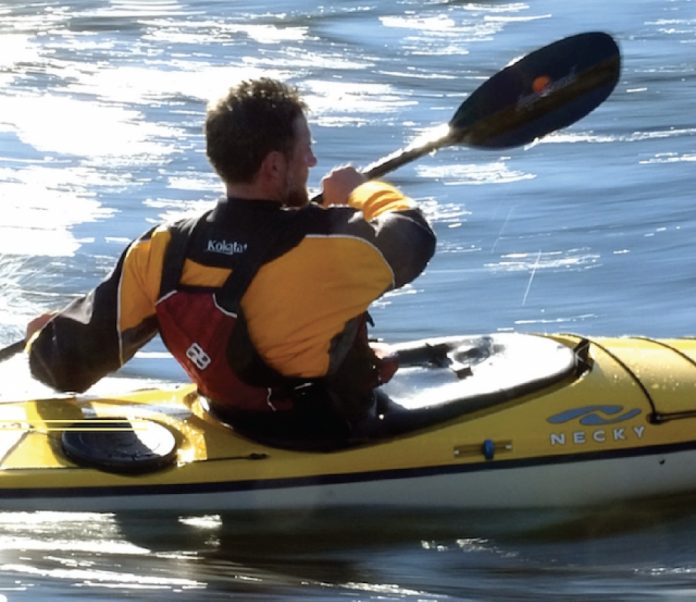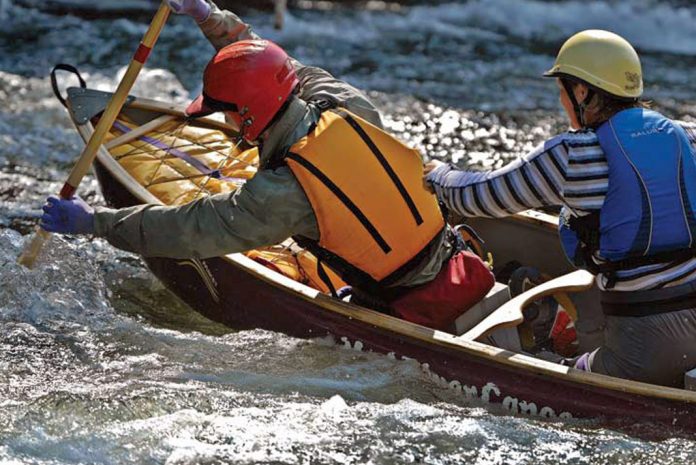Writer and adventurer Jon Bowermaster is following a long line of household names. We’re not talking about Mr. Clean and Aunt Jemima. More like Robert E. Peary, Jane Goodall and Jacques Cousteau. It’s an impressive legacy of National Geographic–sponsored adventurers. Bowermaster is nearing the final leg of the oceans 8 expedition, which seeks to explore the social and environmental state of each of the world’s largest water bodies from the seat of a kayak.
Bowermaster has seen it all: the rugged Aleutian Islands, the wild coastlines of west Africa’s Gabon and the island paradise of French Polynesia. All, that is, except for the last remaining chunk of his global voyage: Antarctica. If he’s not on the ocean or talking with local people who live from it, he’s travelling the world, re-telling the story of his expeditions to riveted audiences.
Bowermaster’s eureka moment came at 15 when he discovered, while others were sucking back their first cigarettes, that he had a talent—and a penchant—for writing. Since then, he’s gone on to a 20-year freelance career. He’s written for almost every major glossy monthly from Outside to Men’s Journal and edited the pages of Rolling Stone.
Not all the gigs have been replete with coconuts and sarongs. He’s written on such arcane topics as “The History of the Jacuzzi” and profiled ‘80s pop singer George Michael and a long-past-their-prime Osmond Family. “A lot of it was like filling in blanks,” he says—not exactly the adventurous writing career he was aiming for.
But now Bowermaster has found his niche, pursuing his epic life-work with help from the national geographic expeditions Council.
“My first grant was actually quite a surprise,” he recalls. “I was convinced I would not get it [and] that the first trip to the Aleutians would never have happened. I got notice quite late in the process and then realized, ‘oh shit, now I have to actually pull this off’.”
Pull it off he did, and now he wouldn’t trade his job, as they say, for all the oceans in the world.
IN OTHER WORDS:
Aim for meaning over mileage
“I use kayaks as floating ambassadors. My trips have an adventure quotient, but they’re not only about adventure. Circumnavigation is not really interesting to me.”
Learn to barter with sleeping bags
“I have corporate sponsors that put up some of the money. And I don’t have to buy gear for the rest of my life. But you can’t trade sleeping bags for a mortgage. I would like to have a direct paycheque, a retirement fund and health care…but I wouldn’t trade it for anything. Every time I think about another job, that thought lasts about 60 seconds. Plus I realized long ago that I can’t do anything else.”
Suffer the writing
“We’re out here having a great time. The hard part is the physical sitting down and writing the story. It’s very painful. Anyone that tells you they like writing is lying.”
Be good
“Advice I would give to somebody who wants to get into this type of work: be persistent. Don’t give up. I knocked on the door of national geographic for a long time before I got in. It’s also important just to be a good person.”
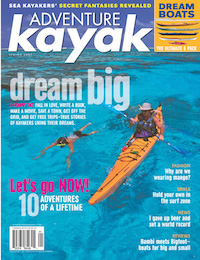 This article first appeared in the Spring 2007 issue of Adventure Kayak Magazine. For more great content, subscribe to Adventure Kayak’s print and digital editions here.
This article first appeared in the Spring 2007 issue of Adventure Kayak Magazine. For more great content, subscribe to Adventure Kayak’s print and digital editions here.



